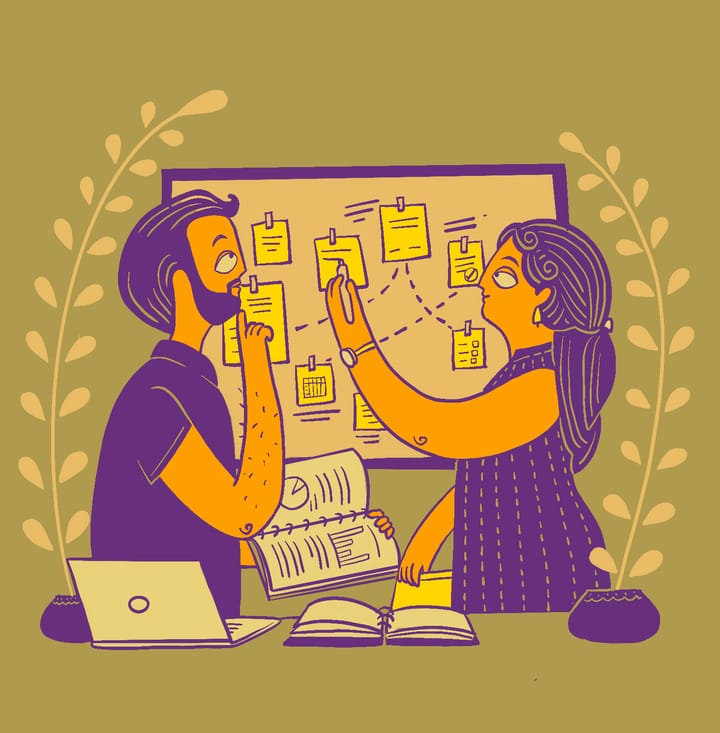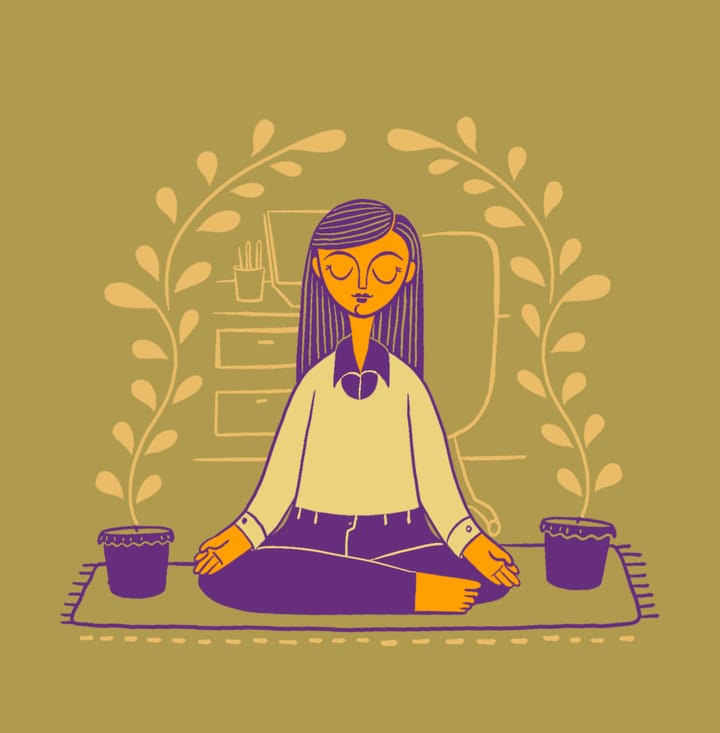Happiness: A Quick How-to Guide
Check out this easy guide on how to invite genuine and lasting happiness into your life.

Most people, when asked about their life’s purpose, will answer ‘happiness’. But what is happiness? And how well do we understand it?
Happiness is not just about having nice things or experiences in life. Many people don’t realise that happiness is often transient, subjective, and determined by a wide variety of factors – biological, genetic, social, professional, and others.
While an entire happiness industry has come up to guide people towards this seemingly elusive goal, it’s not that complex. With the right knowledge and tools, you can manufacture your own happiness.
This resource will bust some common myths about the quest for happiness and tell you how to take charge of your own happiness.
Happiness: myths and reality
Myth 1: There is a fixed, predictable path to be happy
Reality: Happiness is very subjective and there’s no guaranteed path to achieve it.
Myth 2: The key to joy is having the best stuff money can buy
Reality: How you use money is more important than how much of it you have.
Myth 3: If you are not happy, then you are weird.
Reality: It’s perfectly okay to have low moods from time to time, as long as that is not your dominant state of mind.
Myth 4: As we get older, we lose our ability to find happiness
Reality: You can be happy at any age.
Myth 5: You need to meditate to be happy
Reality: Meditation is great but it may not be for everyone – find out what works for you and focus on that.
Try Manah's free emotional wellbeing assessment now!
Myth 6: Everyone around you is happier than you
Reality: Don’t fall for the trap that everyone is as happy as they seem to be on the surface.
Myth 7: Our happiness is determined by those around us.
Reality: While relationships are important, you don’t need to hinge your happiness on the presence or support of others around you.
Myth 8: Happiness means achieving all your dreams
Reality: All of us experience disappointment at some point. But we also can change our goals and set new targets rather than regret what didn’t happen.

Myth 9: Some people can never be happy.
Reality: Given the right tools, anyone can learn to be happy.
Myth 10: Being too happy will jinx things later on
Reality: Don’t worry: the universe doesn’t work that way!
Also read: How to keep employees happy and engaged
Indicators of happiness
Happiness can be whatever you want it to be. But broadly speaking, certain signs indicate a happy mind. Those include:
- Experiencing mostly positive thoughts and behaviours, despite going through occasional emotional jolts or problems.
- Having a feeling of control over your life and decisions.
- Having nourishing relationships with family, colleagues, friends, etc.
- Self-trust and confidence in one’s abilities.
- Practicing healthy habits and self-care.
These are some signs that psychologists use to gauge and measure whether someone is happy. Just remember that happiness is not a constant state of being. It can come and go, but the above signs are a good indicator that you’re largely on track.
Now let’s move on to some practical ways to invite more happiness into your life.
Also read: Managers, here’s how to find work-life balance
How to be happy
Here are 4 time-tested ways to increase your happiness.
- Get regular exercise
Physical exercise is linked to a lot of physical and psychological benefits, which in turn help improve your mood.

2. Feel a sense of gratitude
Setting aside a few minutes before going to sleep to write down or think about things in your life that you are grateful for.
3. Write a letter to your future self
Write a letter to your future self and open it on a specific day you set for yourself in the future. Write about all things that are happening with you right now and what is something that you would like to tell your future self to hold on to.

4. 'Purpose in Life' activity
Take a sheet of paper and divide it into three columns. In the first column, list your gifts, strengths, and talents, including your abilities and personal qualities. In the third column, list the problems you are facing right now. In the middle column, write down some ideas on how you can use your gifts from the first column. Use your creativity and imagination to portray the things that you have already accomplished. You’ll be surprised at how new solutions will suddenly and magically emerge once you begin doing this exercise.
Liked this blog? Check out this related blog too:
Fun ideas and activities to improve employee engagement at work



